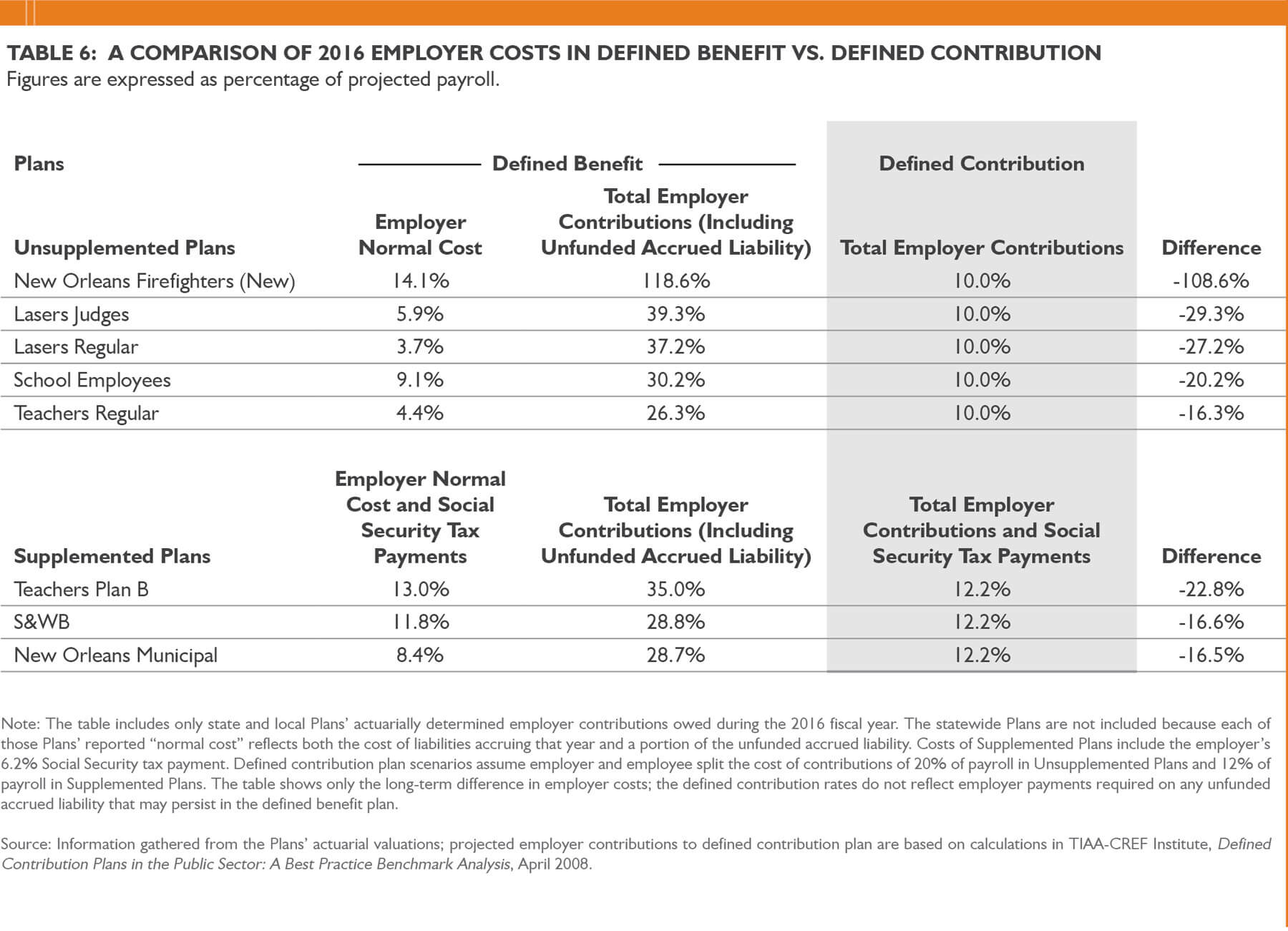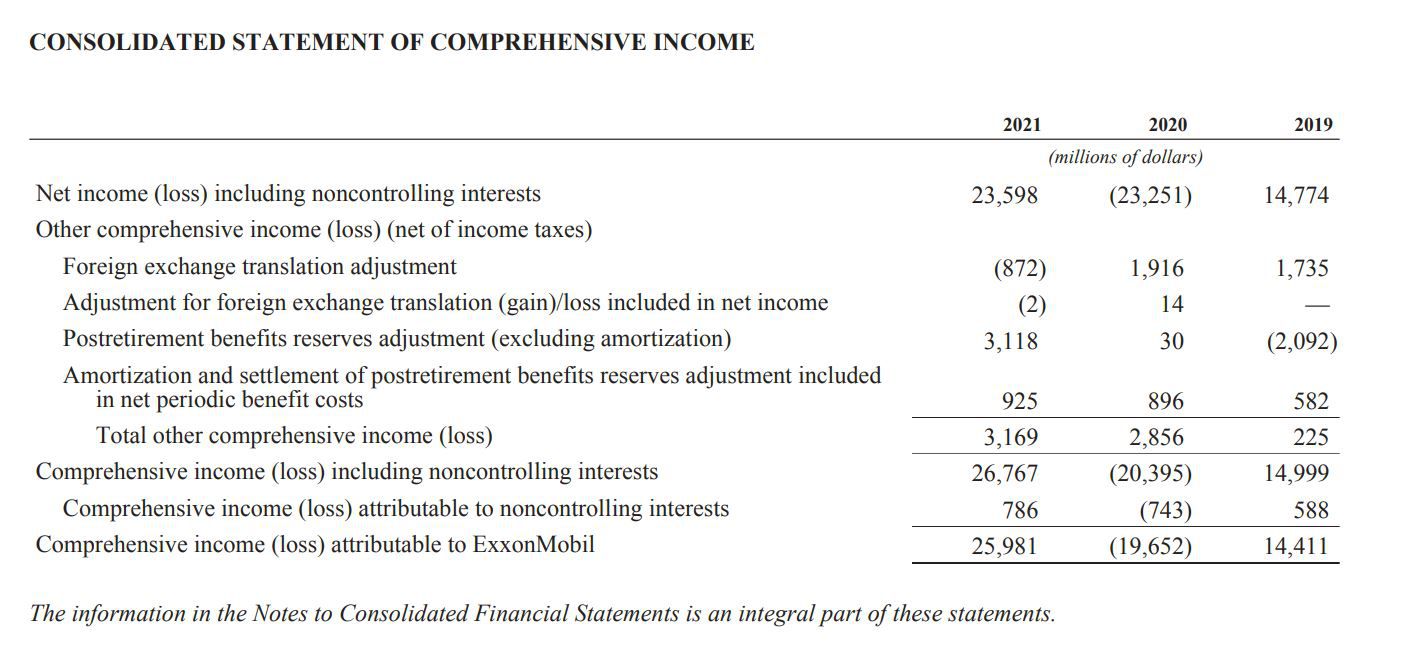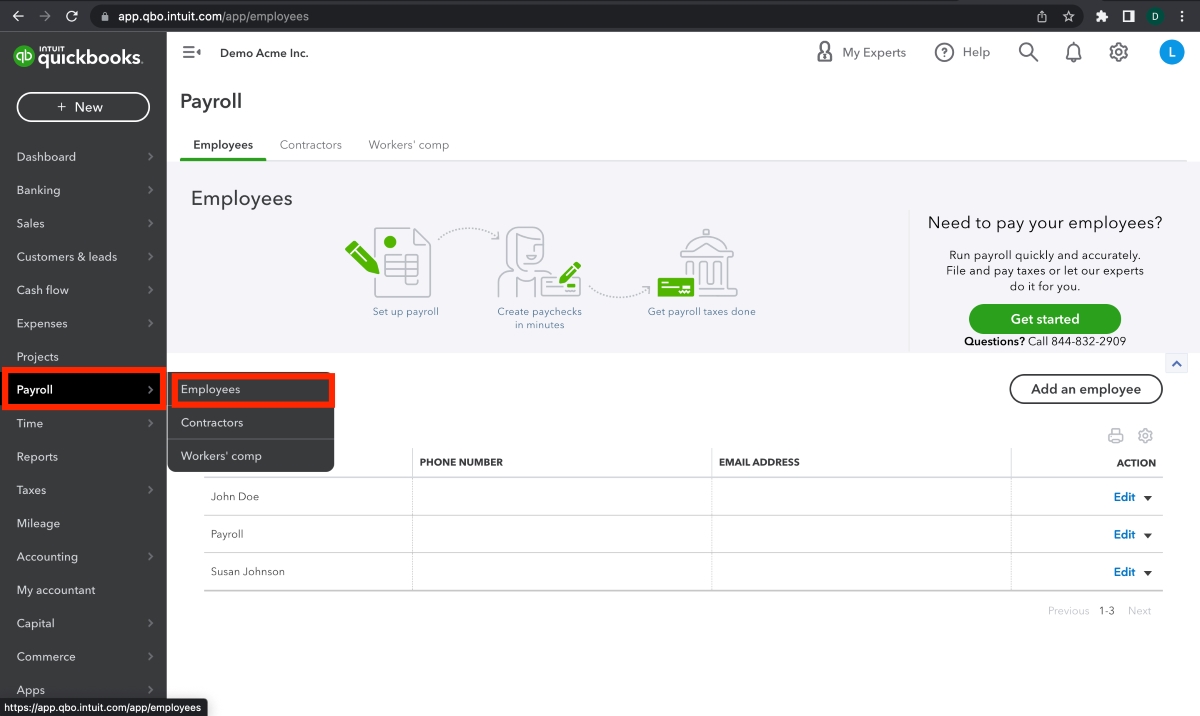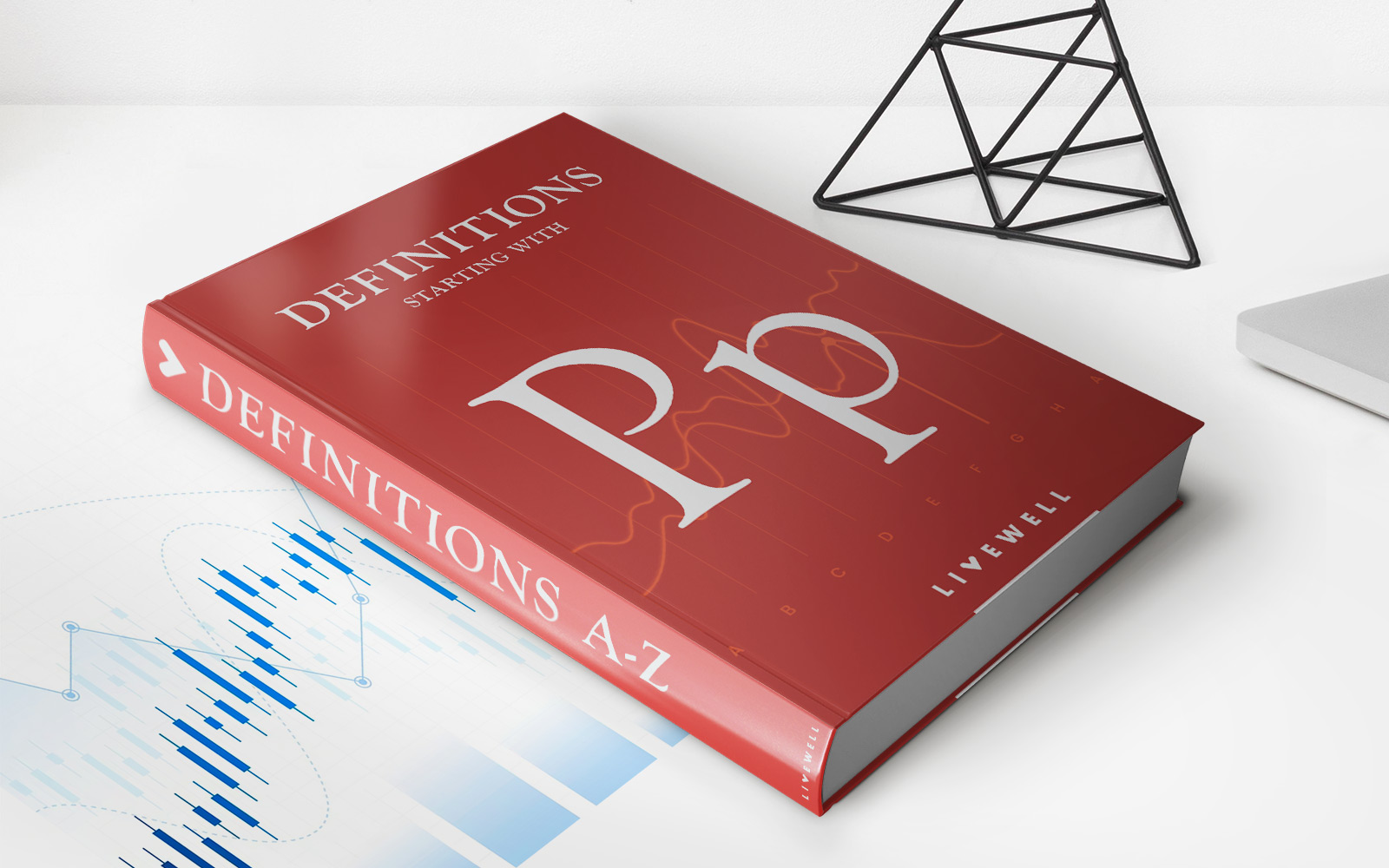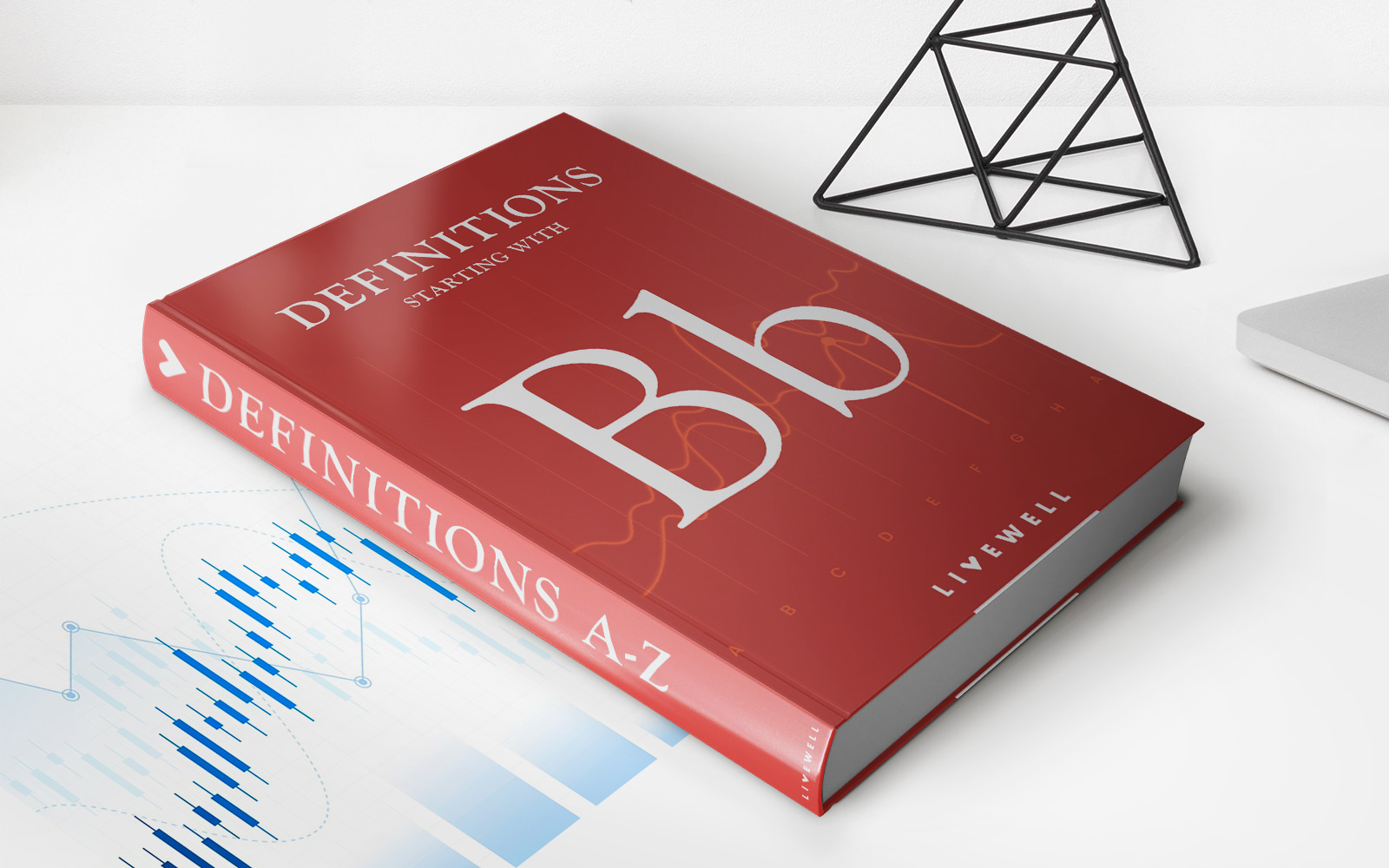

Finance
Why Have Defined Benefit Plans Gone Away
Published: December 21, 2023
Discover the reasons why defined benefit plans have become less prevalent in the world of finance, and how it impacts retirement planning.
(Many of the links in this article redirect to a specific reviewed product. Your purchase of these products through affiliate links helps to generate commission for LiveWell, at no extra cost. Learn more)
Table of Contents
Introduction
Defined Benefit Plans, once considered the gold standard of retirement plans, have seen a significant decline in recent years. These traditional pension plans, offered by employers, promised employees a predetermined monthly benefit for life based on factors such as salary and years of service. However, the landscape has shifted, and Defined Benefit Plans have faced numerous challenges that have led to their diminishing popularity.
As the name suggests, a Defined Benefit Plan provides employees with a guaranteed income during retirement, alleviating the uncertainty that comes with market fluctuations and investment risks. This type of plan was immensely popular in the mid-20th century, with many large corporations and government entities offering it as an attractive employee benefit.
However, over the past few decades, Defined Benefit Plans have experienced a gradual decline, and many employers are now replacing them with Defined Contribution Plans. This shift has been driven by a multitude of factors, including changes in the economic landscape, rising costs, increased regulatory burdens, and a shift in employees’ preferences for more control over their retirement savings.
In this article, we will delve into the reasons behind the decline of Defined Benefit Plans, explore the rise of Defined Contribution Plans, and examine the implications for both employees and employers. We will also discuss the challenges and risks associated with maintaining Defined Benefit Plans, the role of government regulations and policies, and offer insights into the future of these retirement plans.
Overview of Defined Benefit Plans
Defined Benefit Plans are retirement plans offered by employers that guarantee a specific monthly benefit to employees during their retirement years. The amount of the benefit is determined by a formula, typically based on factors such as salary history, years of service, and age at retirement.
Under a Defined Benefit Plan, the employer bears the investment risk and is responsible for funding the plan to meet future benefit obligations. This means that the employer must contribute sufficient funds to ensure that the plan can meet its promised benefits, regardless of investment performance.
One of the key advantages of a Defined Benefit Plan is the certainty it provides to employees. They can rely on a predictable stream of income in retirement, which can be especially beneficial for individuals who do not have extensive investment knowledge or who prefer a stable income during their golden years.
Additionally, Defined Benefit Plans often offer survivor benefits, allowing spouses or other dependents to receive a portion of the pension benefits upon the employee’s death. This provides financial security to loved ones and can be an attractive feature of the plan.
Furthermore, Defined Benefit Plans are typically eligible for favorable tax treatment. Contributions made by the employer are typically tax-deductible, while employees may also receive tax advantages depending on the specific plan and jurisdiction.
However, there are also some limitations to Defined Benefit Plans. These plans often require a certain number of years of service before employees become fully vested, meaning they are entitled to receive the full benefits upon retirement. Also, the amount of the monthly benefit may be limited based on a defined cap or factors such as average salary.
Reasons for the Decline of Defined Benefit Plans
Defined Benefit Plans have experienced a significant decline in popularity over the years due to a combination of economic, demographic, and regulatory factors. Some of the key reasons for this decline are:
- Financial Pressure: Defined Benefit Plans place a substantial financial burden on employers. The guaranteed nature of these plans means that employers have to accurately project and allocate funds to cover future benefit obligations. This can be challenging, particularly in times of economic uncertainty, as volatile markets and low-interest rates can strain pension fund investments.
- Increased Longevity: With advancements in healthcare and increased life expectancy, individuals are living longer than ever. This has resulted in longer retirement periods, increasing the cost of providing lifetime pension benefits. The extended payout duration poses a financial challenge for employers, as they must ensure sufficient funds are available to support retirees for an extended period.
- Changing Workforce Dynamics: The workforce is evolving, with a growing number of individuals changing jobs frequently and opting for non-traditional employment arrangements such as freelancing or gig work. Defined Benefit Plans are typically tied to a specific employer and require lengthy service periods to receive full benefits, making them less attractive to workers who expect to change jobs more frequently.
- Desire for Portability and Flexibility: Employees today often value flexibility and control over their retirement savings. Defined Contribution Plans, such as 401(k) plans, provide individuals with the ability to contribute to their retirement accounts, invest those funds, and take them from job to job. The flexibility and portability offered by these plans have made them increasingly popular alternatives to Defined Benefit Plans.
- Cost and Complexity: The administrative and regulatory complexities associated with maintaining Defined Benefit Plans have contributed to their decline. These plans require extensive record-keeping, actuarial calculations, and compliance with stringent regulatory requirements. The cost and complexity of managing these plans have made them less appealing to employers, particularly smaller organizations with limited resources.
Collectively, these factors have led to a gradual shift away from Defined Benefit Plans towards Defined Contribution Plans, which place a greater emphasis on employee contributions and individual investment decisions. The decline of Defined Benefit Plans reflects the changing needs and preferences of both employers and employees in today’s dynamic and uncertain economic landscape.
Shift to Defined Contribution Plans
The decline of Defined Benefit Plans has paved the way for the rise of Defined Contribution Plans, which have become the predominant retirement savings vehicle for many employees. Defined Contribution Plans, such as 401(k) plans, differ from Defined Benefit Plans in several key ways:
- Individual Contributions: In a Defined Contribution Plan, employees are responsible for making contributions to their accounts. These contributions are typically deducted from their salary before taxes, allowing for potential tax savings. Employers may also offer matching contributions, further incentivizing employees to save for retirement.
- Investment Options: With Defined Contribution Plans, individuals have more control over how their retirement savings are invested. They can choose from a variety of investment options, such as mutual funds or target-date funds, based on their risk tolerance and investment goals. This flexibility allows individuals to tailor their investment strategy to their specific needs.
- Portability: One of the key advantages of Defined Contribution Plans is their portability. Employees can easily take their retirement savings with them when changing jobs, either by rolling over the funds into a new employer’s plan or into an Individual Retirement Account (IRA). This portability provides individuals with flexibility and control over their retirement savings throughout their careers.
- Empowerment and Engagement: Defined Contribution Plans empower individuals to take an active role in planning and saving for their retirement. By making investment decisions and monitoring their accounts, employees become more engaged in their financial future. This can lead to a greater sense of ownership and responsibility for retirement planning.
- Cost Control for Employers: Defined Contribution Plans offer cost control benefits for employers. Unlike Defined Benefit Plans, where employers bear the investment risk and must fund potential shortfalls, Defined Contribution Plans shift the risk and responsibility to individual employees. Employers contribute a pre-determined amount or match employee contributions, thereby reducing their long-term financial liabilities.
This shift towards Defined Contribution Plans reflects the changing landscape of retirement savings, with individuals assuming more responsibility for their retirement income. However, it also places a greater emphasis on education and financial literacy, as employees need to make informed decisions about contribution levels, investment options, and retirement planning.
Defined Contribution Plans have become increasingly popular due to their flexibility, portability, and employee empowerment. As employers seek to mitigate the risks and costs associated with traditional pension plans, many have embraced Defined Contribution Plans as a way to provide retirement benefits while allowing employees to take an active role in their long-term financial well-being.
Impact on Employees
The shift from Defined Benefit Plans to Defined Contribution Plans has had a profound impact on employees’ retirement savings and overall financial well-being. While Defined Contribution Plans offer certain advantages, they also present new challenges and considerations for employees:
- Greater Responsibility: With Defined Contribution Plans, employees bear the responsibility of managing their own retirement savings. They must make decisions regarding contribution amounts, investment options, and asset allocation. This places a greater burden on individuals to actively engage in financial planning and make informed decisions that will impact their future.
- Investment Risks: Unlike Defined Benefit Plans, where the employer assumes the investment risk, Defined Contribution Plans expose employees to market fluctuations and investment risks. The success of the plan depends on the performance of the chosen investment options, which can be affected by economic conditions. Employees must carefully consider their risk tolerance and make prudent investment decisions.
- Flexibility and Portability: Defined Contribution Plans offer employees the freedom to change jobs without losing their retirement savings. They can roll over their funds to a new employer’s plan or an Individual Retirement Account (IRA). This flexibility allows individuals to take their retirement savings with them, providing a sense of financial security and the ability to continue building their nest egg.
- Tax Advantages: Contributions to Defined Contribution Plans, such as 401(k) plans, are typically made on a pre-tax basis, which can result in immediate tax advantages for employees. This allows individuals to reduce their taxable income and potentially lower their annual tax liability. However, taxes will be owed upon withdrawal during retirement.
- Increased Financial Education: As employees take on more responsibility for their retirement savings, there is a growing need for financial education and literacy. Employers have a role to play in providing resources and tools to help employees make informed decisions about saving, investing, and planning for retirement.
While Defined Contribution Plans offer individuals more control and flexibility over their retirement savings, they also require greater personal involvement and financial literacy. Employees must actively engage in retirement planning, seek out educational resources, and regularly review and adjust their investment strategies to maximize their savings and potential returns.
It is important for individuals to regularly assess their retirement goals, contribute consistently, and diversify their investment portfolios to mitigate risk. By staying informed and taking a proactive approach to retirement planning, employees can navigate the shift to Defined Contribution Plans and work towards a comfortable and financially secure retirement.
Impact on Employers
The transition from Defined Benefit Plans to Defined Contribution Plans has had significant implications for employers. While Defined Contribution Plans offer certain advantages in terms of cost control and administrative simplicity, employers also face new challenges and responsibilities:
- Reduced Financial Risk: Defined Benefit Plans place the burden of investment risk and ensuring sufficient funds for future pension obligations on employers. By shifting to Defined Contribution Plans, employers transfer the investment risk to employees, reducing their long-term financial liabilities and providing more predictability in budgeting and cost management.
- Administrative Simplicity: Defined Contribution Plans are generally easier to administer compared to Defined Benefit Plans. The administrative complexities associated with calculating pension benefits, managing pension funds, and complying with stringent regulations are significantly reduced. This can result in cost savings and streamlined operations for employers.
- Cost Control: With Defined Contribution Plans, employers have more control over the amount of contributions they make. They can set a specific matching percentage or contribute a fixed amount, allowing them to manage costs and adjust their retirement benefits package based on budgetary constraints and corporate objectives.
- Employee Recruitment and Retention: Offering a competitive retirement savings plan can be an important factor in attracting and retaining talented employees. Defined Contribution Plans allow employers to tailor their retirement benefits to meet the diverse needs and preferences of their workforce. This can enhance employee satisfaction, engagement, and loyalty to the organization.
- Increased Focus on Financial Education: As employers transition to Defined Contribution Plans, there is a greater emphasis on providing financial education and resources to employees. Employers have a vested interest in ensuring that employees are equipped with the knowledge and tools to make informed decisions about their retirement savings. This may involve offering financial workshops, access to online educational materials, or one-on-one consultations with financial advisors.
Employers must also navigate the regulatory landscape associated with offering Defined Contribution Plans. They have a fiduciary responsibility to act in the best interest of plan participants and comply with relevant laws, such as the Employee Retirement Income Security Act (ERISA) in the United States. This requires thorough plan management, including monitoring investment options, assessing plan fees, and providing appropriate disclosures to participants.
Overall, the shift to Defined Contribution Plans allows employers to have more control over retirement benefit costs, simplifies plan administration, and provides flexibility in designing retirement benefits packages. However, it also requires employers to take an active role in providing financial education and support to help employees make optimal decisions regarding their retirement savings.
Challenges and Risks of Defined Benefit Plans
While Defined Benefit Plans have provided employees with a reliable source of retirement income in the past, they also present challenges and risks for employers. Some of the key challenges and risks associated with Defined Benefit Plans include:
- Investment Risks: Employers bear the investment risk in Defined Benefit Plans. Fluctuations in financial markets and lower-than-expected investment returns can result in underfunded pension plans. This places the responsibility on employers to ensure that sufficient funds are available to meet future benefit obligations.
- Longevity Risk: The increasing life expectancy of retirees poses a significant challenge for Defined Benefit Plans. As individuals live longer, the cost of providing lifetime pension benefits rises. Employers must accurately project and account for the longer payout periods, ensuring that funds are available to cover retirement benefits throughout the extended lifespan of retirees.
- Market Volatility: Defined Benefit Plans are exposed to market fluctuations, which can impact the value of the plan’s invested assets. A significant downturn in the market can lead to a decrease in the plan’s funding levels, requiring additional contributions from employers to maintain the promised benefits.
- Regulatory Compliance: Maintaining compliance with applicable laws and regulations, such as the Employee Retirement Income Security Act (ERISA), can be a complex and time-consuming task. Employers must ensure that their Defined Benefit Plans adhere to reporting and disclosure requirements, funding standards, and fiduciary responsibilities.
- Administrative Complexity: The administrative requirements of Defined Benefit Plans can be daunting for employers, particularly smaller organizations with limited resources. Record-keeping, actuarial valuations, and calculations require specialized expertise and can be costly to maintain.
- Costs and Liabilities: Defined Benefit Plans come with significant financial obligations for employers. Apart from the regular contributions, employers may be responsible for funding pension shortfalls, paying premiums to the Pension Benefit Guaranty Corporation (PBGC) in the United States, and assuming potential liability for pension obligations in the event of business closure or bankruptcy.
The above challenges and risks have led many employers to shift away from Defined Benefit Plans in favor of Defined Contribution Plans. These risks, coupled with the changing dynamics of the workforce and the desire for more flexibility and cost control, have contributed to the declining popularity of Defined Benefit Plans in recent years.
Government Regulations and Policies
Government regulations and policies play a crucial role in shaping the landscape of retirement plans, including both Defined Benefit Plans and Defined Contribution Plans. These regulations aim to protect employees, ensure fair practices, and maintain the integrity of the retirement system. Some key government regulations and policies related to retirement plans are:
- Employee Retirement Income Security Act (ERISA): ERISA is a federal law in the United States that sets standards for private sector retirement plans, including Defined Benefit Plans. ERISA requires employers to provide certain disclosures to plan participants, establishes fiduciary standards to protect plan assets, and regulates reporting and disclosure requirements.
- Pension Benefit Guaranty Corporation (PBGC): The PBGC is a government agency in the United States that provides a safety net for certain private sector Defined Benefit Plans. It insures pension benefits up to a certain level in case of a plan’s failure or a company’s bankruptcy. Employers that offer Defined Benefit Plans must pay premiums to the PBGC to fund this insurance.
- Tax Laws and Incentives: Tax laws provide incentives and benefits for both employers and employees participating in retirement plans. Contributions made by employers to Defined Benefit Plans are typically tax-deductible, reducing the employer’s taxable income. Employees may also receive tax advantages through contribution deferrals and potential tax-deferred growth of their retirement savings.
- Social Security System: The Social Security system, administered by the government in many countries, provides a basic level of retirement income for eligible individuals. The design and funding of Defined Benefit Plans often take into consideration the integration of Social Security benefits to provide a comprehensive retirement income solution.
- Required Minimum Distributions (RMDs): In the United States, retirees with retirement accounts, including Defined Benefit Plans, are required to start taking minimum withdrawals from their accounts after reaching a certain age. This is known as the required minimum distribution and helps ensure that individuals receive a steady stream of retirement income and do not use retirement accounts solely for tax-advantaged growth.
Government regulations and policies in the retirement planning arena aim to strike a balance between protecting employees’ rights, ensuring adequate funding and fiduciary standards, and supporting employers’ efforts to provide retirement benefits. These regulations evolve over time, reflecting the changing needs of the workforce, economic conditions, and societal considerations.
Employers offering retirement plans must stay updated on regulatory changes and comply with the relevant laws applicable in their jurisdiction. This may involve engaging pension consultants or legal advisors to navigate the complexities of regulatory compliance and ensure that their retirement plans are aligned with current regulations.
By creating a supportive regulatory framework, governments promote retirement security for employees and facilitate employer-sponsored retirement plans that can help individuals achieve financial independence during their golden years.
Future of Defined Benefit Plans
The future of Defined Benefit Plans remains uncertain as they continue to face challenges and decline in popularity. However, while their prevalence may decrease, Defined Benefit Plans are unlikely to disappear entirely. Here are some potential scenarios for the future of these retirement plans:
- Industry-specific or Government Plans: Defined Benefit Plans may continue to exist in specific industries or government entities where they have historical prominence. Certain sectors, such as the public sector or heavily unionized industries, may be more inclined to maintain these traditional pension plans due to the nature of the workforce and historical agreements.
- Hybrid Plans: Hybrid retirement plans, combining elements of Defined Benefit and Defined Contribution Plans, could emerge as a compromise. These plans may provide a base level of retirement income through a Defined Benefit component while also offering employees the opportunity to contribute to a Defined Contribution plan to increase their retirement savings and investment options.
- Conversion to Cash Balance Plans: Some defined benefit plans may convert to cash balance plans, which have elements of both Defined Benefit and Defined Contribution Plans. Cash balance plans provide employees with a specific account balance that grows with employer contributions and a minimum guaranteed interest rate. This allows for greater portability and flexibility while still providing some of the benefits associated with traditional pensions.
- Greater Individualization: As retirement planning becomes increasingly personalized, there may be a shift towards more individualized retirement arrangements. Employees may have the opportunity to customize their retirement benefits based on their preferences, risk tolerance, and financial goals. This could involve a mix of investment options, annuities, and other forms of retirement income beyond traditional pension structures.
- Emphasis on Financial Education: Regardless of the specific future of Defined Benefit Plans, there will likely be an increased emphasis on financial education and literacy. Employers and governments will recognize the importance of equipping individuals with the knowledge and tools to make informed decisions about retirement planning, regardless of the type of retirement plan offered.
It is essential for policymakers, employers, and individuals to navigate the changing retirement landscape and adapt to evolving needs and expectations. While Defined Benefit Plans face challenges, there will always be a demand for retirement income security, and innovative solutions may emerge to meet these needs.
Ultimately, the future of Defined Benefit Plans will depend on various factors, including economic conditions, shifts in the labor market, and societal preferences. Employers and employees will continue to seek a balance between offering retirement benefits that provide financial security, align with changing workforce dynamics, and are sustainable in the long term.
Conclusion
The decline of Defined Benefit Plans and the rise of Defined Contribution Plans reflect the changing landscape of retirement savings. While Defined Benefit Plans offered employees the security of a guaranteed income during retirement, they have faced numerous challenges that have led to their diminishing popularity. Factors such as financial pressures on employers, increased longevity, changing workforce dynamics, and the desire for more flexibility and control have contributed to this shift.
Defined Contribution Plans, on the other hand, provide employees with greater control over their retirement savings and portability between jobs. These plans have become the predominant retirement savings vehicle for many workers, offering benefits such as individual contributions, investment choices, and potential tax advantages.
While Defined Benefit Plans may undergo further decline, they are unlikely to disappear entirely. Some industries and government entities may continue to offer these plans, and hybrid models or conversion to cash balance plans may emerge as alternative structures.
Regardless of the specific future of retirement plans, it is crucial to emphasize financial education and literacy to ensure individuals can make informed decisions about their retirement savings. Employers and governments have a role to play in providing resources and support to employees, helping them navigate the complexities of retirement planning.
As the retirement landscape continues to evolve, striking a balance between retirement income security and adaptability to changing workforce needs will be paramount. Employers, employees, and policymakers must work together to develop retirement solutions that provide financial security, flexibility, and sustainability for individuals as they plan for their golden years.
